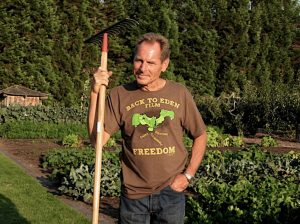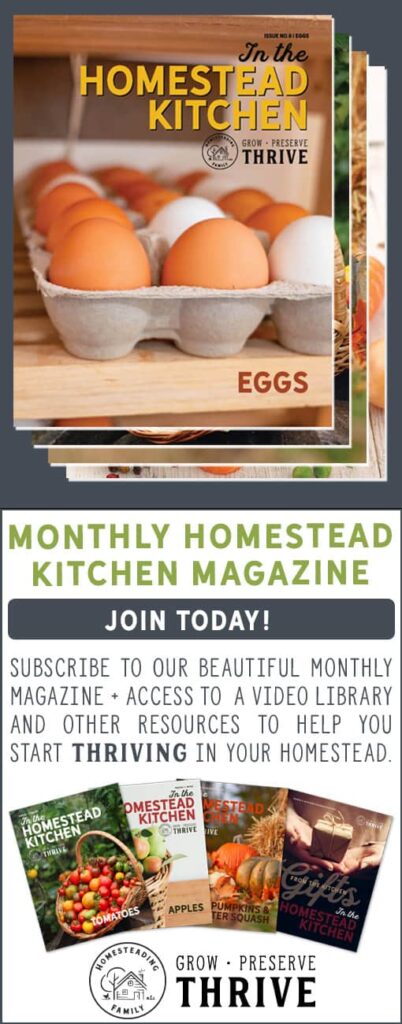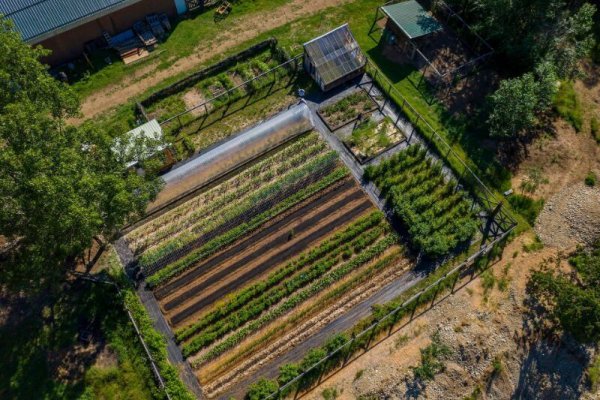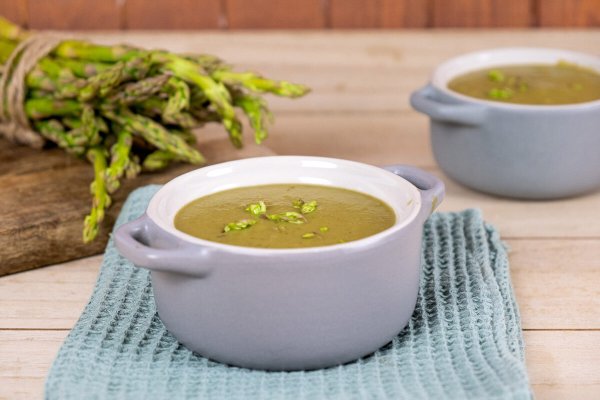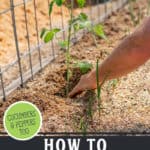

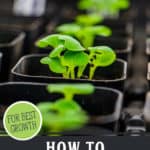
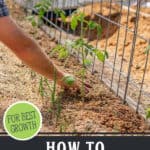
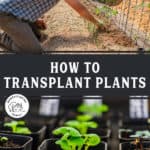
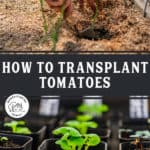
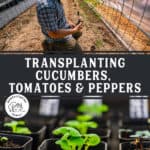
You’ve spent months caring for your plant starts and now it’s time to transplant them into the garden. Learn how to plant tomato plants, cucumbers and peppers properly for best growth and health of the plants.
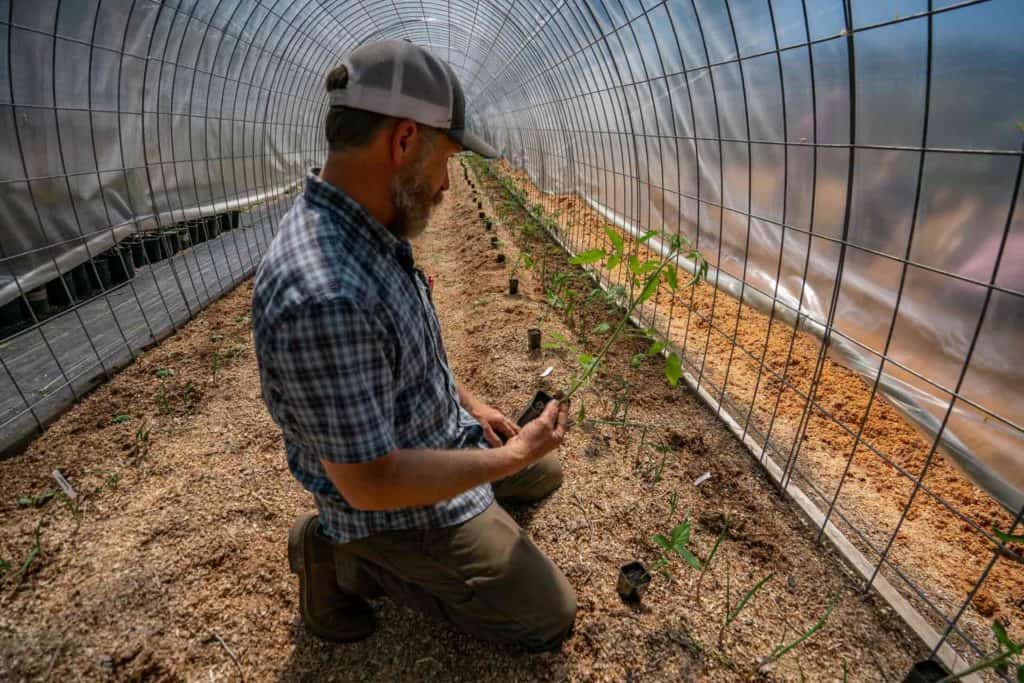
If you took the big step to learn how to start seeds indoors this year, then you may be wondering when and how to transplant those starts into the garden.
Chances are, you’ve heard many different ways on how to plant tomato plants, cucumber plants, and pepper plants… but sometimes actually SEEING someone do it can eliminate a lot of questions about the unknown.
Watch as Josh plants over 125 transplants into the hoop house in one afternoon. (And click here if you want to learn how to build a hoop house – also known as a bean tunnel or tomato trellis.)
Gardening doesn’t have to be difficult, and there are certainly some gardening mistakes you’ll want to avoid, but there are also many gardening basics that will help you have more successes than failures.
Transplanting Tomato Plants
- Harden off your tomato transplants for several days beforehand. If you’ve been growing your tomatoes in a greenhouse, just open the door so they get cooler at night.
- Water them the day before transplanting. You want to be sure they’re well watered before going into the ground to diminish the shock to the plant.
- Pinch off the starter leaves and possibly the first set of leaves. This will help the plant establish strong roots once planted.
- Remove the container by very carefully squeezing the container a few times to loosen the roots. Then tip it upside down and gently tap it out.
- Loosen the root ball and disturb them a bit without breaking everything up too much. This causes a bit of stress for the plant and it sends a signal to repair the plant and grow stronger.
- Dig a hole for your plant deep enough so you can plant it down to where that first set of leaves you pulled off were. This will help set new roots.
- Pack it in, not super tight, but make sure there is no air in the hole that roots might grow into otherwise your plant will die.
- Replace mulch back around the stem to protect the soil.
- Remove any leaves touching the ground, this is how they pick up any fungus in the soil. If any leaves are touching, go ahead and pinch them off.
- Give a good soaking of water around the plant. Don’t water right on top of the plant since they’re delicate just after planting, but watering around the plant will allow the roots to soak up the water just fine.
- Stake or cage your tomatoes. What you choose will depend on whether you’re growing indeterminate tomatoes or determinate tomatoes. Determinate tomato plants will only grow to a specific height and size, so a cage would work well. Indeterminate will continue to grow as tall as they can get, so using a stake (or planting in a hoop house as we have) will help them reach their fullest potential height.
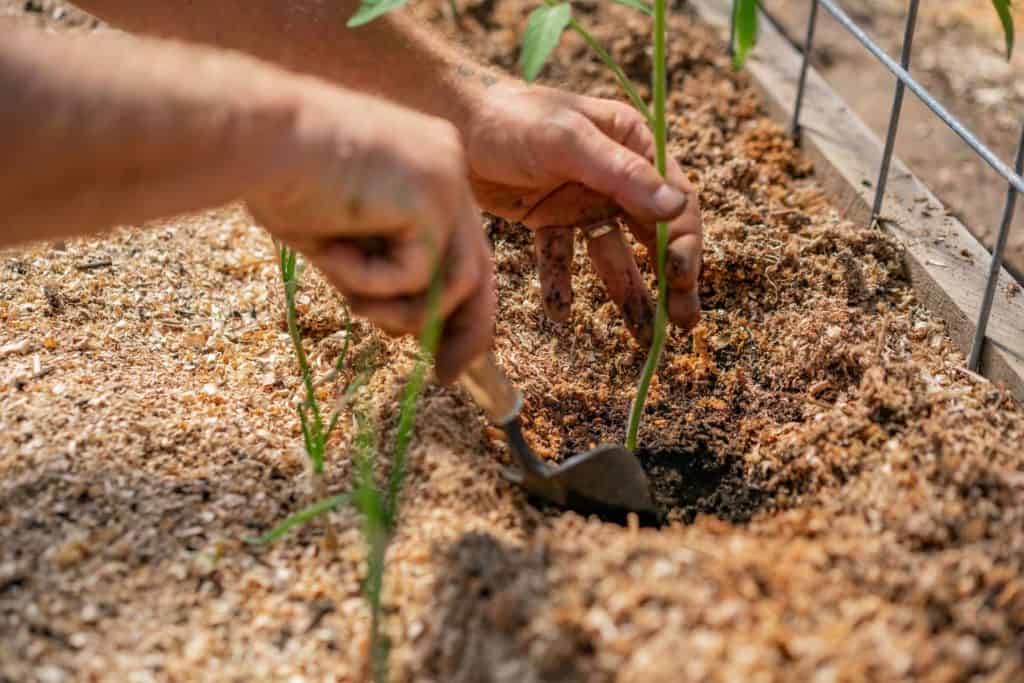
How to Plant Cucumbers
- Harden off for several days beforehand. If you’re growing them in a greenhouse, just open the door so they get cooler at night.
- Water them the day before transplanting. You want to be sure they’re well watered before going into the garden soil to diminish the shock to the plant.
- Remove the container by very carefully squeezing the container a few times to loosen the roots. Then tip it upside down and gently tap it out.
- Loosen the roots and disturb them a bit without breaking everything up too much. This causes a bit of stress for the plant and it sends a signal to repair the plant and grow stronger.
- Dig a hole and drop the cucumber plant down in the hole, just a few inches deep depending on the size of your plant, then pack the soil down nicely but not too tight.
- Don’t plant them too deeply, you can rot the stem if you plant buried stem is too deep.
- Give a good soaking of water around the plant (not right on top of them since they’re delicate just after planting).
- Just like how to plant tomato plants, cucumbers can be grown on a trellis for greater production. But if you don’t have a trellis, they are just fine to reach their vines out onto the ground, just be sure you leave them plenty of space to grow and expand.
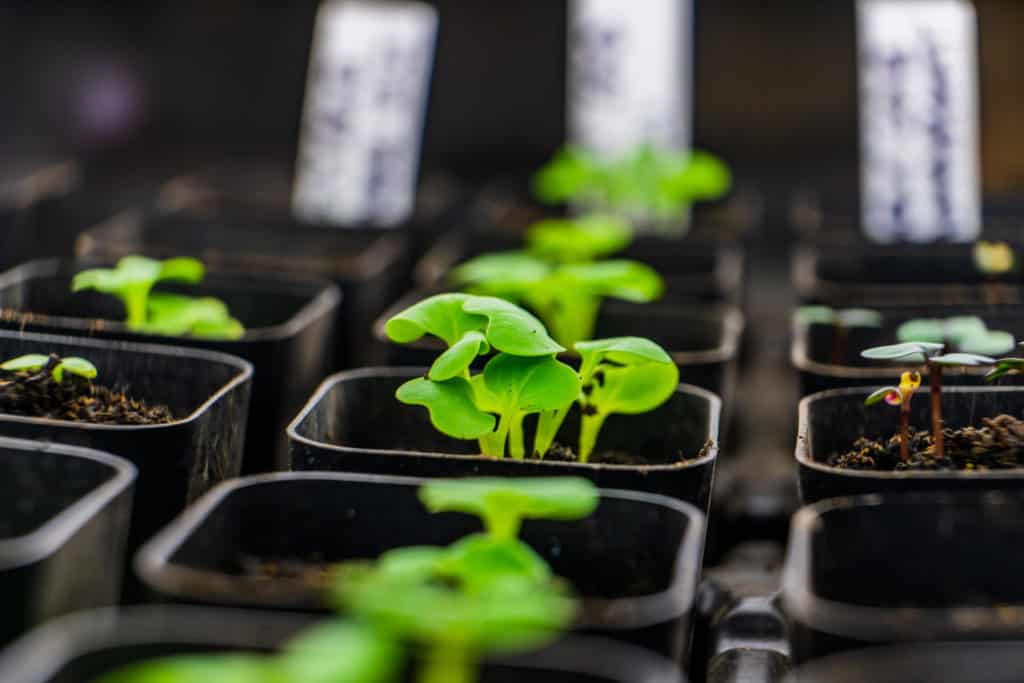
How to Plant Pepper Plants
- Harden off for several days beforehand. If you’re growing your peppers in a greenhouse, just open the door so they get cooler at night.
- Water them the day before transplanting. You want to be sure they’re well watered before going into the ground to diminish the shock to the plant.
- Pinch off the starter leaves and possibly the first set of leaves. This will help the plant establish strong roots once planted.
- Remove the container by very carefully squeezing the container a few times to loosen the roots. Then tip it upside down and gently tap it out.
- Loosen the roots and disturb them a bit without breaking everything up too much. This causes a bit of stress for the plant and it sends a signal to repair the plant and grow stronger.
- Dig a hole for your plant deep enough so you can plant it down to where that first set of leaves you pulled off were. This will help set new roots.
- Pack it in, not super tight, but make sure there is no air in the hole that roots might grow into otherwise your plant will die.
- Replace mulch back around the stem to protect the soil.
- Remove any leaves touching the ground, this is how they pick up any fungus in the soil. If any leaves are touching, go ahead and pinch them off.
- Give a good soaking of water around the plant. Don’t water right on top of the plant since they’re delicate just after planting, but watering around the plant will allow the roots to soak up the water just fine.
- Pepper plants will do well with a cage, just like determinate tomato plants. Cage your peppers to help support them as they grow, and remember, the more you pick your peppers, the more they’ll produce for you!
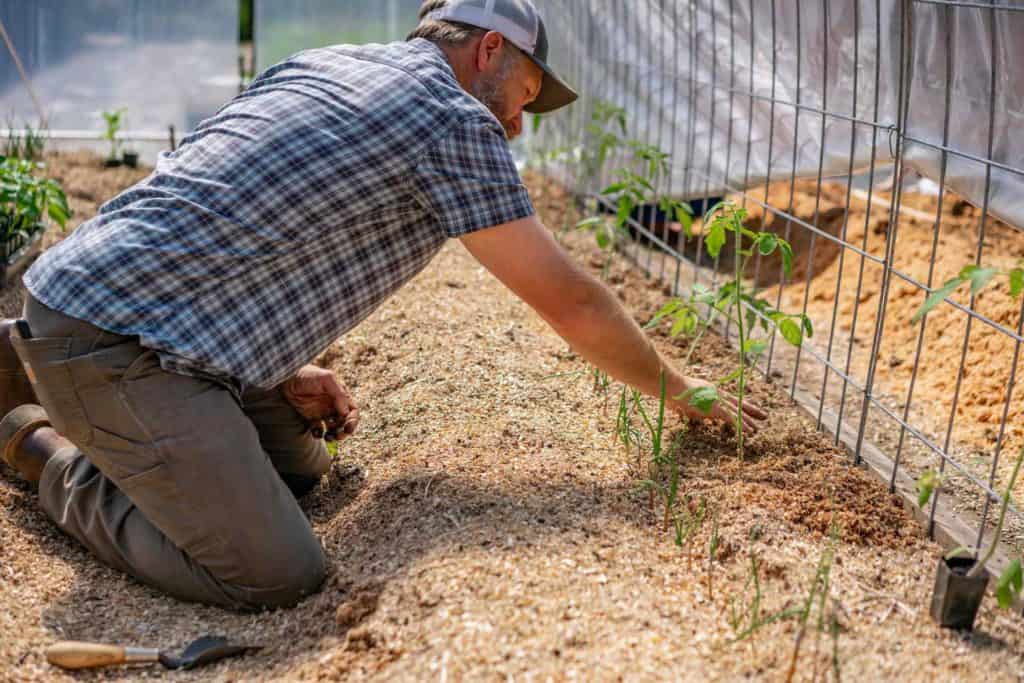
Transplanting Tips & Tricks
- You may not notice a lot of growth right away. They’ve been growing a ton in the pots, but now you’ve disturbed them and it may take them a week or two to get going strong again.
- Try not to get your mulch down into the hole where you’re planting your transplants, this sucks too much nitrogen out of the soil and that’s not good for the plants. It’s great for the top of your soil, but not down in the hole next to the root system.
- Your plants may look like they’re wilting, yellowing, or even dying a day or two after planting. This is normal. If you transplanted really well, you may not notice this at all. Just keep watering and tending to them and they should hopefully perk back up in a few day’s time.
- At the end of the gardening season, be sure to check out this post on preparing the garden for winter with soil preparation tips. It will teach you how to be set up for planting in the Spring by doing a little bit of work in the fall.
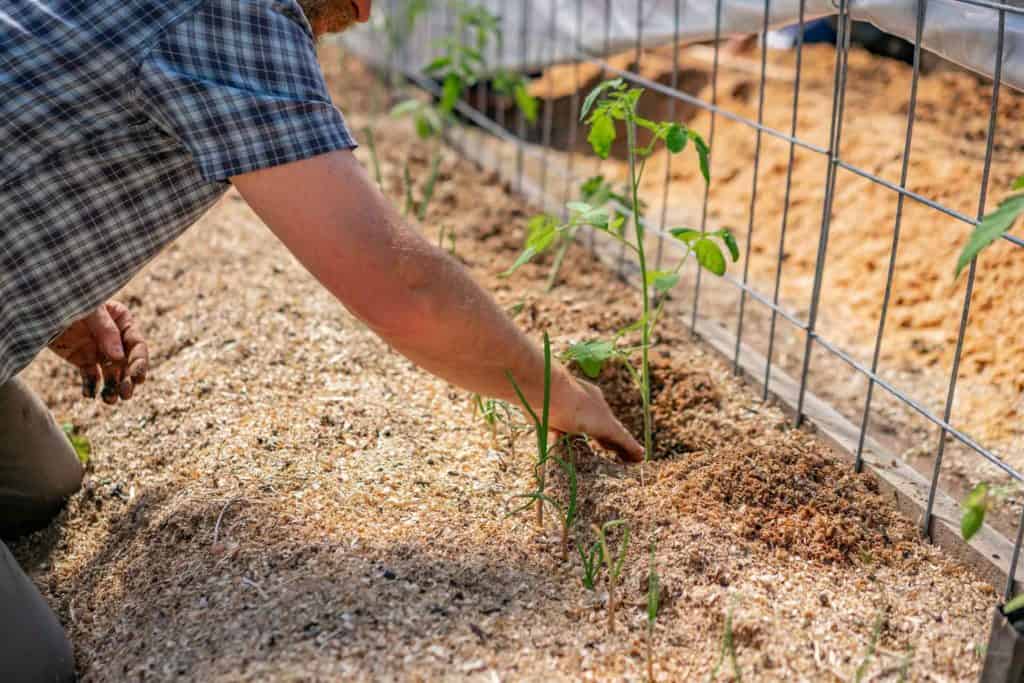
More Posts You May Enjoy
- Pizza Pepper Poppers Recipe (Keto Friendly)
- Companion Planting in the Vegetable Garden
- How to Build a DIY Hoop House Greenhouse
- 10 Common Gardening Mistakes to Avoid
- Seed Starting Problems (& How to Fix Them)
- Growing Onions From Seed
- Spring Garden Planning Ideas, Tips & Tricks
- No-Till Gardening – Is It Right For You?
- Preparing the Garden for Winter: No-Till Gardening
- Garden Planning for Serious Food Production
- Spring Garden Planning Ideas, Tips & Tricks
- Making Raised Garden Bed Rows & Super-Charging Your Soil



